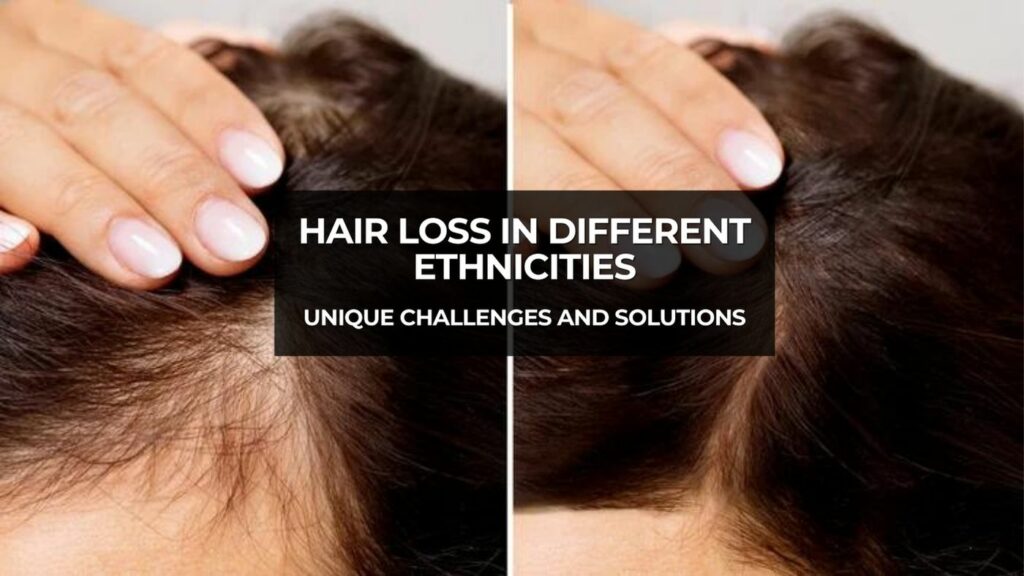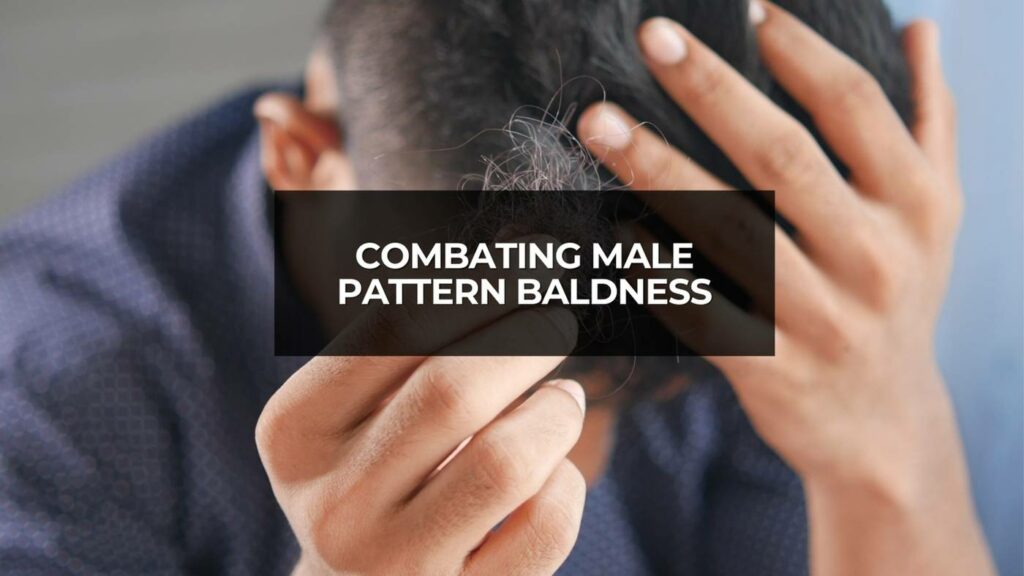Hair loss affects individuals from various ethnic backgrounds differently. Factors such as hair texture, density, cultural practices, and genetic predispositions contribute to these differences. Understanding the specific challenges faced by different ethnic groups regarding hair loss is crucial for developing tailored solutions and treatments.
Hair Loss in Different Ethnicities:
Hair loss is a complex issue influenced by a combination of genetic, environmental, and lifestyle factors. Studies have shown that certain ethnic groups are more prone to specific types of hair loss. For example, individuals of African descent commonly experience traction alopecia due to tight hairstyles, while those of Asian descent may be predisposed to androgenetic alopecia. Understanding these ethnic-specific patterns is crucial for developing targeted prevention and treatment strategies.
1. Genetic Variations:
Genetics play a crucial role in determining susceptibility to hair loss. Research indicates that certain ethnic groups may have specific genetic markers associated with hair loss. For example, individuals of Asian descent may be more prone to thinning hair due to genetic factors. Understanding these genetic variations can help in predicting and managing hair loss more effectively.
2. Hair Texture and Structure:
Hair texture and structure vary widely among different ethnicities, ranging from straight and silky to curly and coarse. These differences not only influence the appearance of hair but also affect its susceptibility to damage and breakage. For instance, individuals with tightly coiled hair may experience challenges with moisture retention, leading to increased hair fragility and breakage.
3. Cultural Practices:
Cultural grooming practices can significantly impact hair health and contribute to hair loss patterns among specific ethnic groups. For example, frequent use of heat styling tools or harsh chemical treatments common in some cultures may weaken the hair shaft and lead to increased hair loss. It’s essential to consider these cultural practices when developing hair loss prevention strategies to ensure they are compatible with individual lifestyles and preferences.
4. Environmental Factors:
Environmental factors, such as climate and pollution, can also affect hair health differently across various ethnicities. For instance, individuals living in regions with high humidity levels may experience frizz and increased hair breakage, while those exposed to pollution may suffer from scalp inflammation and hair thinning. Understanding these environmental influences is key to implementing protective measures and minimizing hair loss.
5. Psychological and Social Implications:
Hair loss can have significant psychological and social implications, impacting self-esteem and quality of life. Cultural attitudes towards hair and beauty standards may exacerbate these effects, particularly in communities where thick, lustrous hair is highly valued. Providing culturally sensitive support and resources is essential to help individuals cope with the emotional challenges associated with hair loss.
6. Tailored Treatment Approaches:
Developing personalized treatment plans that consider ethnic-specific factors is essential for effectively addressing hair loss. This may involve incorporating treatments tailored to specific hair textures, cultural practices, and genetic predispositions. From topical solutions to dietary supplements, a range of options exists to meet the diverse needs of individuals from different ethnic backgrounds.
Pros:
- Increased awareness of ethnic-specific risk factors allows for early detection and intervention.
- Tailored treatment approaches can improve treatment outcomes and patient satisfaction.
- Cultural sensitivity in healthcare delivery fosters trust and engagement among diverse populations.
- Research focused on hair loss in different ethnicities promotes inclusivity and diversity in medical research.
Cons:
- Limited availability of research and resources specific to hair loss in certain ethnic populations.
- Cultural barriers may hinder access to care and adherence to treatment recommendations.
- Misconceptions and stigma surrounding hair loss may contribute to delayed seeking of medical assistance.
- Socioeconomic disparities may impact access to advanced treatment modalities for certain ethnic groups.
Benefits of Hair Loss Treatment
- Improved understanding of genetic predispositions allows for targeted interventions to prevent hair loss.
- Cultural competence in healthcare delivery enhances patient-provider communication and trust.
- Tailored treatment approaches increase treatment efficacy and patient satisfaction.
- Addressing hair loss concerns holistically promotes overall well-being and quality of life.
Future Research of Hair Loss Treatment
Researchers continue to explore ethnic-specific patterns of hair loss and investigate novel treatment modalities. Ongoing research initiatives include:
- Genetic studies to identify ethnic-specific genetic markers associated with hair loss.
- Clinical trials testing the efficacy of new topical formulations and oral medications in diverse populations.
- Community-based interventions to promote awareness and early detection of hair loss in underserved ethnic communities.
- Advancements in regenerative medicine, such as stem cell therapy and platelet-rich plasma (PRP) treatment, hold promise for addressing hair loss in diverse populations.
Conclusion:
Hair loss presents unique challenges for individuals of different ethnicities, influenced by genetic, cultural, and environmental factors. By recognizing these ethnic-specific patterns and tailoring treatment approaches accordingly, healthcare providers can better address the needs of diverse patient populations. Continued research and innovation in the field of hair loss treatment offer hope for improved outcomes and quality of life for individuals of all ethnic backgrounds.



